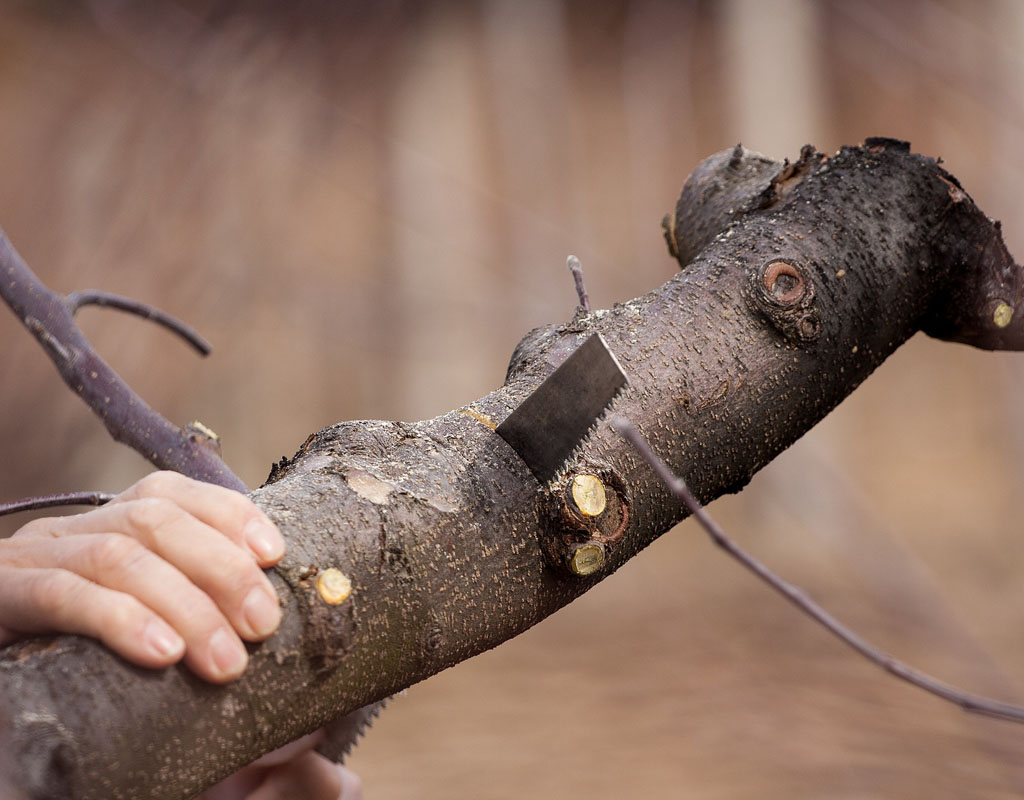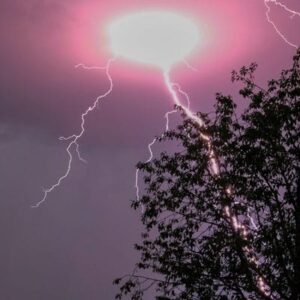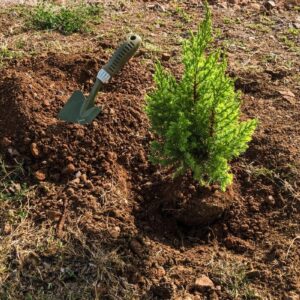Pruning is one of the best things you can do for your trees – when done correctly. But a bad pruning job? That can spell disaster, leading to weak growth, disease, and even tree death. If you’re not confident in your technique, it’s better to step away from the shears and call in a professional. Here are nine common pruning mistakes to avoid in MetroWest, Massachusetts, to keep your trees thriving.
Key Takeaways:
- Tree pruning is a skill that requires proper techniques to keep trees healthy and strong.
- Bad pruning cuts, like stub cuts and flush cuts, can make trees vulnerable to pests, diseases, and structural problems.
- Practices like tree topping and lion tailing harm trees by causing stress, weak growth, and increased storm damage risks.
- Removing too much of a tree’s crown at once can overstress the tree, especially if it’s older or already weakened.
- Professional pruning ensures your trees are trimmed safely and correctly, helping them stay healthy for years to come.
A Word About Tree Pruning in the MetroWest Area
You’ve probably passed innumerable tall, healthy trees around MetroWest Massachusetts and thought they grew that way. In fact, their leafy crowns and balanced branch structure are more likely the result of years of good pruning done by knowledgeable and experienced professionals. But did you know tree pruning is a science and an art? Without understanding proper pruning techniques and tree growth principles, you risk causing repeated damage that can lead to your tree’s decline.
Every pruning cut you make to a tree is a wound. However, a correct pruning cut allows the tree to seal off the wounded area and prevent insects and diseases from entering the tree.
PRO TIP: Want to learn more about tree pruning and how it benefits your trees? See some of our previous articles on pruning:
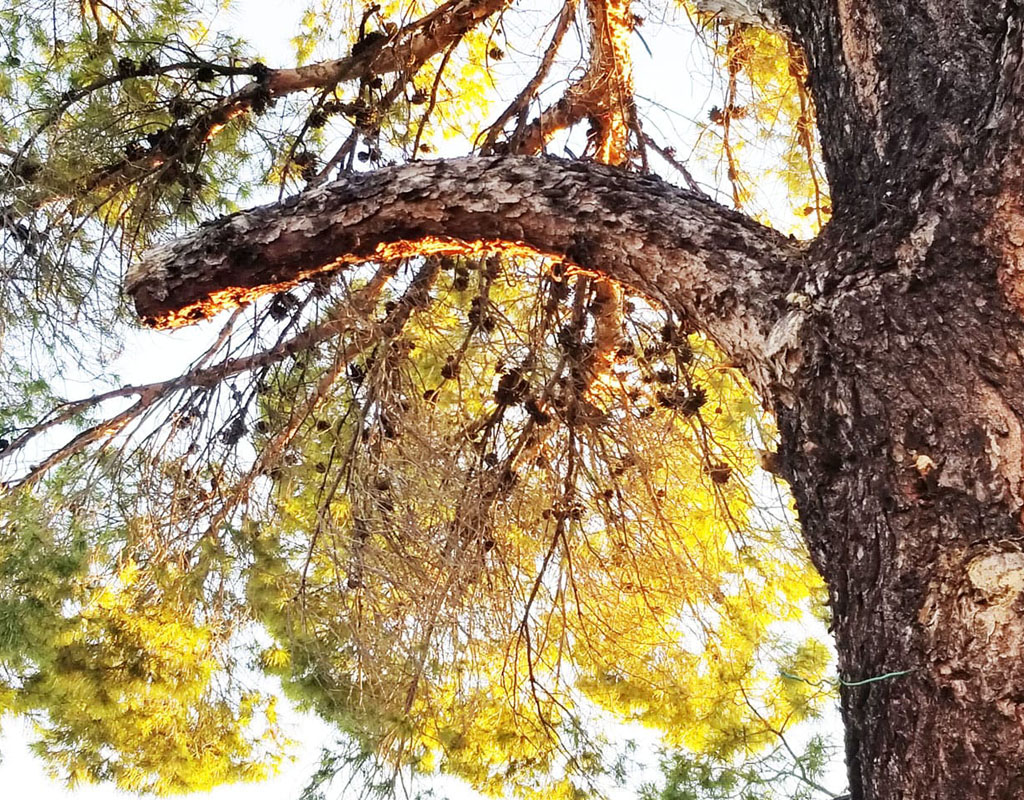
This large stump left after a bad pruning job has died back to the main tree trunk and is starting to rot at the end.
9 Pruning Mistakes to Avoid in MetroWest, MA
Pruning might seem like a simple weekend project, but it’s surprisingly easy to get wrong. A few bad cuts or trimming at the wrong time of year can do more harm than good, and many homeowners don’t realize they’re making mistakes until it’s too late. To trim a tree without killing it, watch out for these common mistakes.
1. Pruning at the Wrong Time
Timing is everything when it comes to pruning, and different trees have different needs. This is especially important for fruit trees, as improper pruning can negatively impact fruit production for the year.
Most trees, including apple trees, should be pruned during the late winter while they are dormant. This helps shape the tree, remove dead or diseased branches, and encourage strong growth for the upcoming season.
However, spring-flowering trees, such as dogwood, should be pruned right after they have finished blooming to avoid cutting off next season’s flower buds. Pruning these trees while they are dormant will most likely result in fewer blooms in the coming spring.
2. Stub Cutting
This happens when a branch is cut too far from the trunk or parent branch, leaving a stub behind. Homeowners often make this mistake when they’re unsure how close to cut or worry about damaging the main trunk.
However, leaving a stub prevents the tree from sealing the wound properly. The exposed wood becomes an entry point for pests and disease, and decay can spread from the stub into the main trunk or branch, leading to structural weakness.
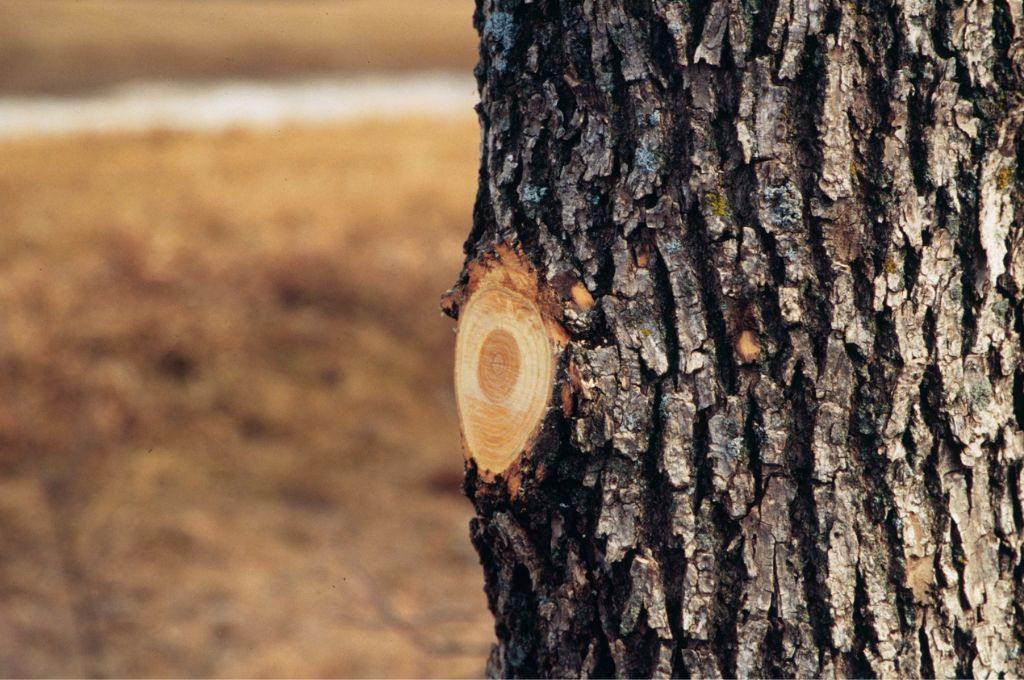
Joseph OBrien, USDA Forest Service, Bugwood.org
3. Flush Cutting
Many people mistakenly believe that cutting a branch flush against the trunk creates a cleaner look, but this is a serious pruning error. Flush cuts remove the branch collar – the slightly swollen area where the branch meets the trunk – which is essential for the tree’s natural healing process.
Without the branch collar, the tree cannot form a protective callus, leaving it vulnerable to infection and decay. Over time, flush-cut trees often develop hollow areas, weakening their structural integrity.
4. Making Heading Cuts
This occurs when a branch is cut at a random point without regard for a proper pruning location. Often, people use heading cuts in an attempt to control a tree’s size quickly, but this results in a flush of weak, fast-growing shoots.
These new shoots are poorly attached, growing in unpredictable directions, and are more prone to breakage in storms or under heavy fruit loads. Additionally, the open wound left by a heading cut makes the tree susceptible to pests and disease, further compromising its health.

Topped trees grow bushy masses of spindly twigs instead of developing normal branches. These trees will never look right again.
5. Tree Topping
One of the worst things that can happen to a tree is tree topping. Remarkably, this practice continues and some tree care services still advertise it as one
of their customer offerings. Homeowners may think topping is what they should ask for when they hire someone to prune their large trees – but it’s not. Why is topping a tree so damaging? Topping involves cutting a tree’s main trunk or branch leader at a random point to reduce its height, but this is one of the worst things you can do to a tree. The trunk or branch leader is the tree’s most vital structure, responsible for its upward growth and the development of lateral branches that form the tree’s crown.
When a tree is topped, it typically responds by growing “water sprouts” – weak, poorly attached branches that sprout in clusters at the cut sites. These are the tree’s desperate attempt to compensate for losing its main leader, and they result in an unsightly appearance.
Topping also leads to more work in the future. You’ll need to remove these weak branches regularly to control the tree’s size and shape. Additionally, these sprouting branches are highly vulnerable to breaking in the wind, posing safety risks.
A skilled, reputable arborist will only resort to topping in extreme circumstances. Instead, they will carefully select a strong lateral branch and make a proper pruning cut just above it. This allows the lateral branch to take over as the new leader, continuing the tree’s healthy upward growth.
6. Lion Tailing Your Trees
If you’ve seen trees with thin, patchy canopies, lots of visible interior branches, and foliage growing only at the ends of branches, you’ve seen “lion tailing.” Lion tailing is not a substitute for tree crown cleaning or crown reduction, and qualified tree pruners will never do it.
The dangers of lion tailing are significant and can harm your tree in multiple ways:
- Lion tailing causes stress-response shoots to grow along a tree’s branches and trunk. These sprouts are not a sign of health but rather a tree’s attempt to compensate for the damage caused by removing too many leaves and branches. This depletes the tree’s energy reserves.
- The practice also leads to an imbalanced distribution of weight, which can cause the tree’s crown to become top-heavy. This uneven weight distribution makes the tree more prone to branch breakage and future instability.
- Lion tailing removes essential leaves needed for photosynthesis, weakening the tree’s ability to produce food. With less foliage, the tree’s crown becomes vulnerable to sunscald and wind damage.
And remember, New England winter storms can include powerful winds, heavy snow, and ice. While trees are naturally flexible and built to handle changing weather, a lion-tailed tree loses its protective shape and becomes more vulnerable to winter damage.
7. Removing Too Much of a Tree’s Crown
If you haven’t pruned your trees in some time, it’s tempting to prune as much as possible at one time. Over-pruning is a common mistake many homeowners make.
Pruning a tree is a long-term practice that doesn’t happen all at once. It’s done in intervals over time and is attuned to a tree’s age, health, and requirements. A pruner evaluates the entire tree before pruning and prunes as little as possible to achieve your goals. Remember, each pruning cut, even perfect ones, are wounds that stress a tree.
Depending on its size, age, and condition, it is recommended to only remove between 5 and 20 percent of a tree’s crown at a time. The main reason is to avoid the tree’s stress response of producing weak suckering branches that may develop in the wrong places in a tree’s crown or along its trunk. This unwanted growth both taxes a tree’s energy reserves and requires more pruning to correct.
Over-pruning is fatal for some trees, such as:
- Older trees
- Trees dealing with diseases or insects
- Drought-stressed trees
- Declining trees
A better approach is to have your tree pruning done at regular intervals to correct the crown shape of a tree and remove duplicate, crossing, over-sized, or unbalanced branches.

Joseph OBrien, USDA Forest Service, Bugwood.org
8. Damaging a Tree’s Bark
Bark damage to trees can be fatal, but it’s preventable with the right pruning techniques. To avoid damaging the bark, do not toss or drop branches down through the tree’s canopy, and use the proper three-step pruning method for branches.
- Make a first cut on the underside of the branch to act as a stopping point for tearing bark.
- Make a second cut farther out along the branch than needed to remove excess branch weight.
- Make a final cut just beyond the branch collar that lies between a branch and the main trunk of a tree to ensure a good pruning seal.
9. Neglecting Young Trees
Neglecting young trees can lead to structural problems that become difficult – or even impossible – to fix as they grow. The best time to start pruning starts from the time the tree is planted. Early pruning helps establish a strong central leader, properly spaced branches, and a balanced canopy. Without this foundation, trees can develop weak, poorly attached limbs that are more prone to breaking under wind, snow, or fruit loads.
Regular light pruning in the first few years directs growth and prevents the need for major corrective cuts later. It also improves airflow and sunlight penetration, reducing the risk of disease. For fruit trees like apples, early pruning encourages better fruit production by ensuring the tree directs its energy toward healthy, productive branches rather than weak or overcrowded ones.
By taking the time to prune young trees correctly, homeowners set their trees up for a longer, healthier life with less maintenance in the future.
Pruning Large Branches Yourself Aren’t Worth the Risk
If you’re a homeowner, there are some important reasons why you’ll want to think twice about removing large branches yourself.
- Safety: Whether from the ground or from an elevated position, large branch removal can be dangerous. From the ground, there is the risk of being struck by a falling branch. From an elevated position without proper equipment, the risk of injury from falling is high.
- Liability: With large branch removal, the potential for damage to a person or property is too great of a risk. You may be liable for injuring a passerby with a downed limb or damaging someone’s property. Worse yet, your insurance policy may not cover you if you are found to be negligent.
- Damage: Without the proper equipment and training, large branches can easily fall and damage property during pruning. In the absence of rigging equipment, simply tossing branches to the ground poses a high potential for damage, thanks to the weight of live branches. In addition, uncontrolled branches can damage the tree by breaking other branches and ripping bark.
- Disposal: Large branches often turn out to create more debris than expected. A branch up in the canopy of a tree may look manageable from afar, but on the ground, it may be more than you bargained for. One branch may fill an entire yard debris container and there may be larger wood you cannot put in them. Skip the DIY if you don’t have a way to dispose of the wood!
Before tackling that large branch, consider the benefits of professional pruning. Experts have the right equipment, make precise cuts that heal properly, and carry liability coverage to protect against accidents. Plus, they handle the cleanup, saving you time and ensuring your tree stays healthy.
American Climbers Can Help Professionally Prune Your Trees
Pruning is an important service for trees, but it can harm and possibly kill a tree if someone does it wrong. If you’re unsure about pruning your own trees or want to correct earlier pruning mistakes, give American Climbers a call at 508-497-8628 or request a quote online.
Our trained crew members know how to keep your trees healthy and vigorous by making the right pruning cuts in the right places and at the right time. You can count on us for high-quality tree pruning and better-looking trees.
Blog Topics
Recent Posts
What's Happening? Stay Informed!
Stay on top of local events, pest and disease updates, tree and landscape tips, and more. Delivered straight to your inbox each month.

